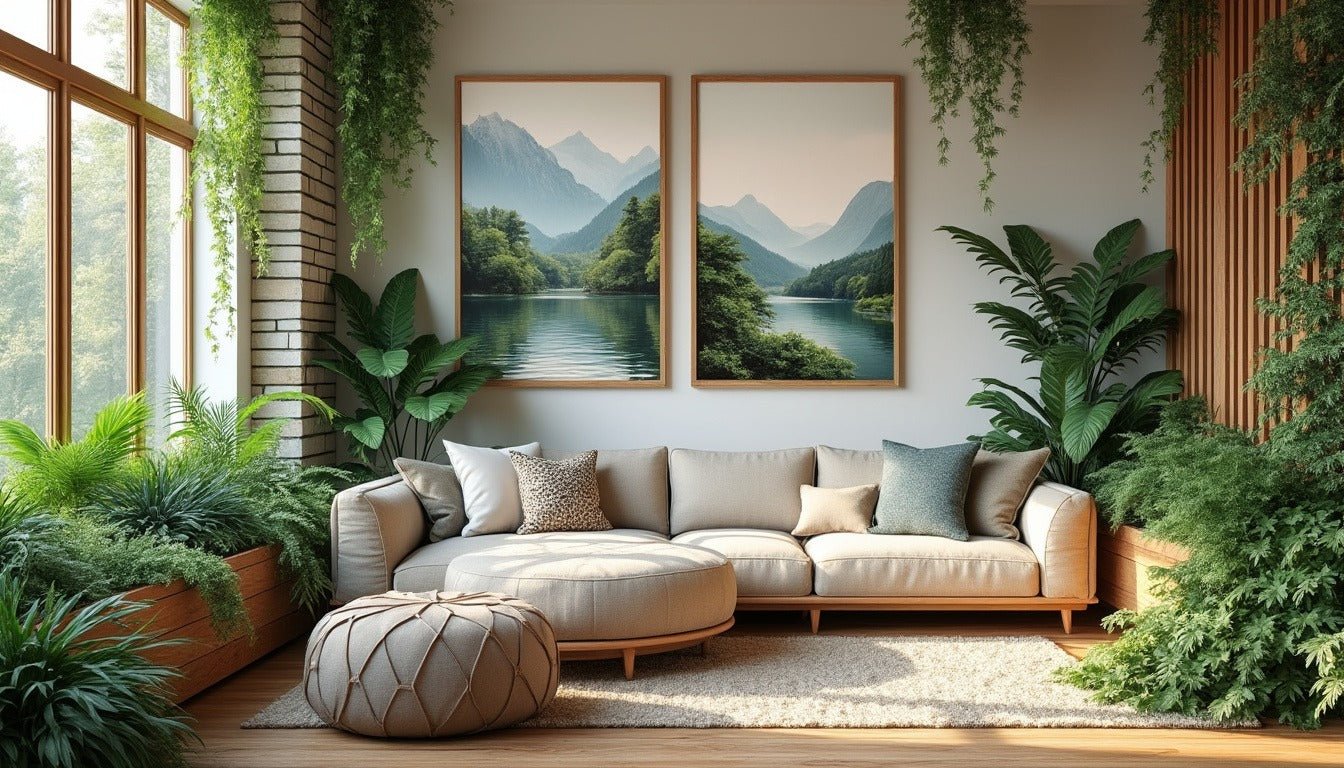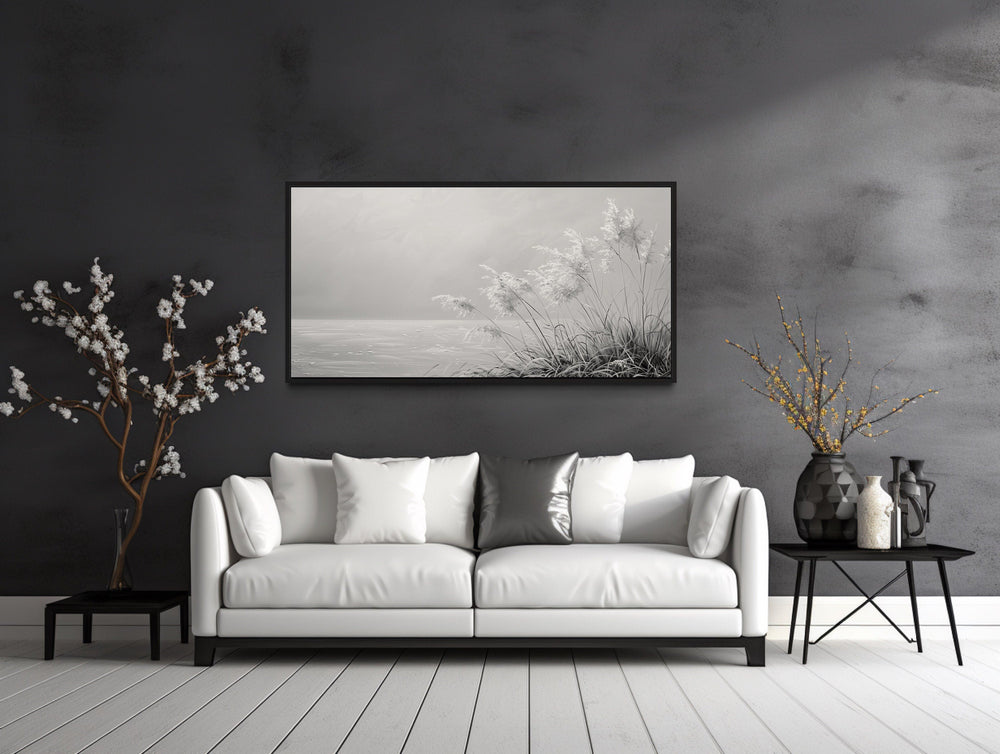Extra Large Art for Interiors: Transformative Tips for Photographers
In the realm of interior design, extra large art for interiors has become a captivating trend, offering professional photographers a unique canvas to showcase their work. This trend not only amplifies the aesthetic appeal of spaces but also offers photographers a lucrative opportunity to display their artistry in a grand and compelling manner. As photographers, understanding how to utilize this medium can open doors to new creative possibilities and clientele.

The Allure of Extra Large Art
Why has extra large art for interiors gained such momentum? The answer lies in its ability to transform spaces, making them more immersive and impactful. Unlike traditional art pieces, oversized art can dominate a room, setting the tone and mood, and providing a focal point that draws viewers in. For photographers, this means your work can not only be seen but felt, leaving a lasting impression on viewers.
Moreover, the sheer scale of such pieces allows for intricate details to be appreciated more profoundly. This is particularly beneficial for photographers who specialize in high-resolution imagery or those who wish to showcase the finer details of their subjects, whether it's a sweeping landscape or a complex portrait.
Choosing the Right Space
When considering extra large art, the choice of space is crucial. Professional photographers need to think about where their art will be displayed to maximize its impact. Large, open spaces such as living rooms, hotel lobbies, or corporate offices are ideal as they offer ample room for the art to breathe and be appreciated from various angles.
It's also essential to consider the existing decor and color palette of the space. The artwork should complement and enhance the environment, not clash with it. For instance, a vibrant, colorful piece might be suited to a more neutral-toned room, where it can stand out and make a statement.
Creating Harmony with Interior Design
For photographers transitioning into the realm of extra large art for interiors, understanding basic principles of interior design can be beneficial. The artwork should harmonize with the space's overall aesthetic. This might involve collaborating with interior designers or studying design principles independently.
One approach is to consider the theme and purpose of the space. For example, a serene landscape photograph might suit a spa or wellness center, while a bold, abstract piece could energize a corporate office. Photographers can also draw inspiration from existing decor elements to create a cohesive look.
For insights on decorating large walls, [Apartment Therapy](https://www.apartmenttherapy.com/wall-decor-ideas-255923) offers excellent guidance on integrating large art into different spaces.
Technical Considerations for Photographers
Producing extra large art requires photographers to pay attention to technical details. The resolution of your images must be sufficiently high to prevent pixelation when enlarged. This often means shooting in the highest quality formats and using professional-grade equipment.
Additionally, consider the material on which your photographs will be printed. Options range from canvas to metal, each offering distinct textures and finishes that can enhance the visual impact of your work. Collaborating with experienced printers can ensure your vision is accurately translated into the final product.
Marketing Your Extra Large Art
Once your extra large art is ready, marketing becomes key. Utilize social media platforms like Instagram and Pinterest to showcase your work, as these platforms are highly visual and can attract potential buyers and collaborators. Creating a dedicated portfolio on your website, complete with high-quality images and detailed descriptions, is also essential.
Networking with interior designers and architects can open up opportunities to display your work in high-profile projects. Attending art fairs and exhibitions can also boost visibility and connect you with potential clients interested in large-scale art pieces.
For more on the influence of oversized art, check out [Photo4Art's insights](https://photo4art.com/blogs/our-all-posts/oversized-art-in-dining-room) on how these pieces transform dining spaces.
Conclusion
The use of extra large art for interiors provides professional photographers with a dynamic platform to express their creativity and reach a broader audience. By understanding the intricacies of space, design, and technical execution, photographers can leverage this trend to elevate their work and make a significant impact in the field of interior design. Embrace this opportunity to see your art not just as a photograph, but as an integral element of design that enhances and transforms spaces.

FAQ
What is the ideal space for extra large art?
Large, open areas such as living rooms, corporate offices, and hotel lobbies are ideal as they allow the art to be appreciated from various angles and distances.
How can photographers ensure their images are suitable for large prints?
Photographers should shoot in high-resolution formats and use professional-grade equipment to maintain image quality when enlarged.
How can I market my extra large art effectively?
Utilize social media platforms, create a professional portfolio, and network with interior designers and architects to showcase your work effectively.

